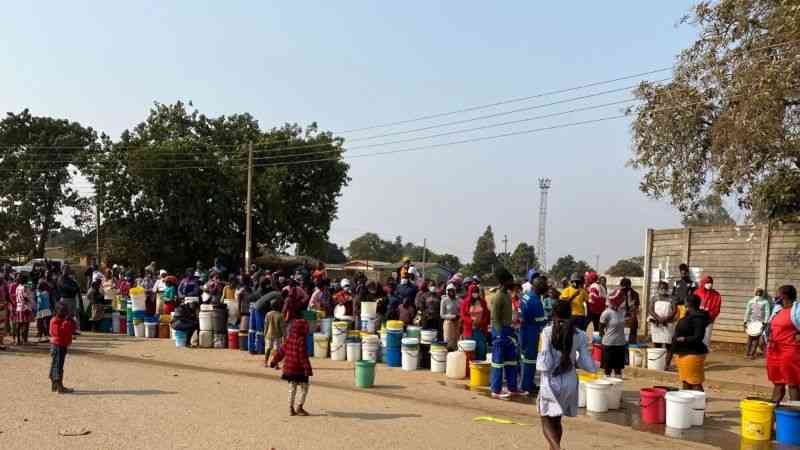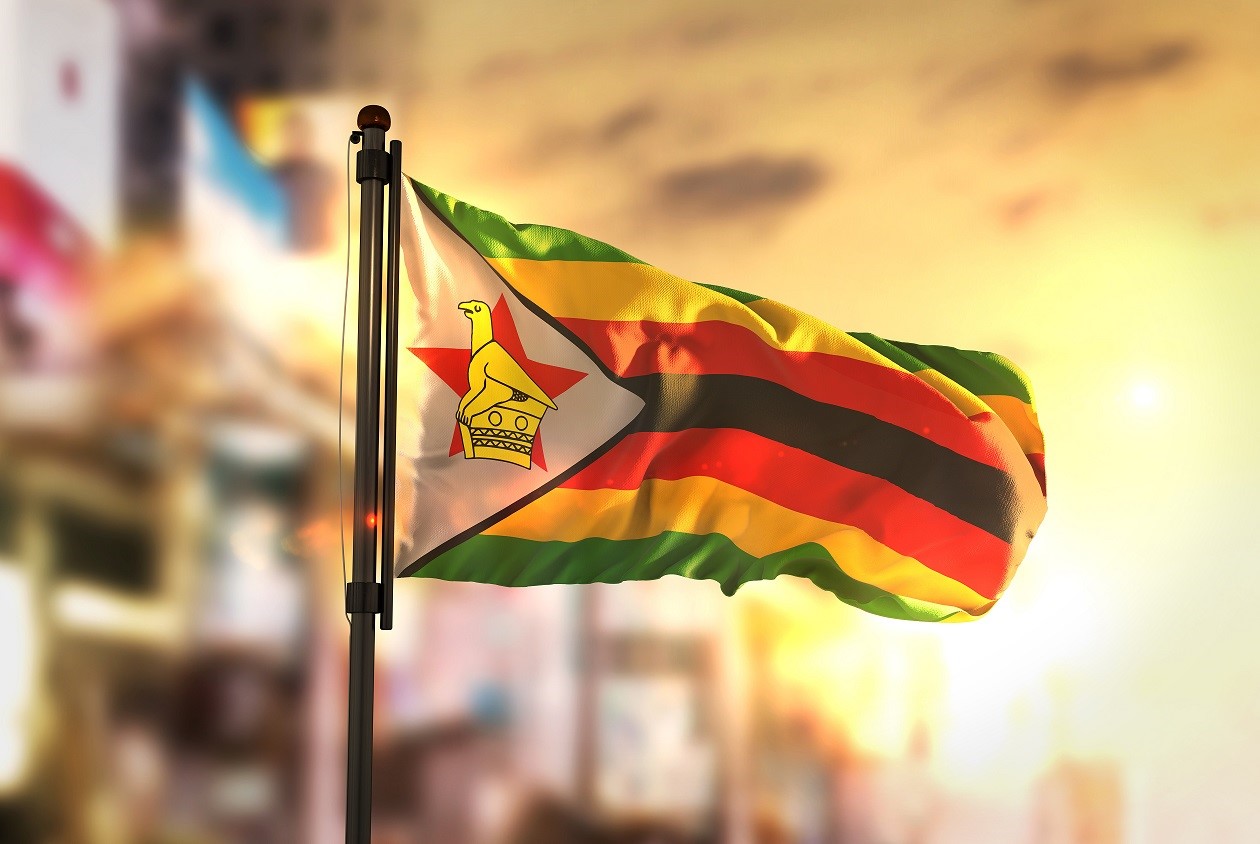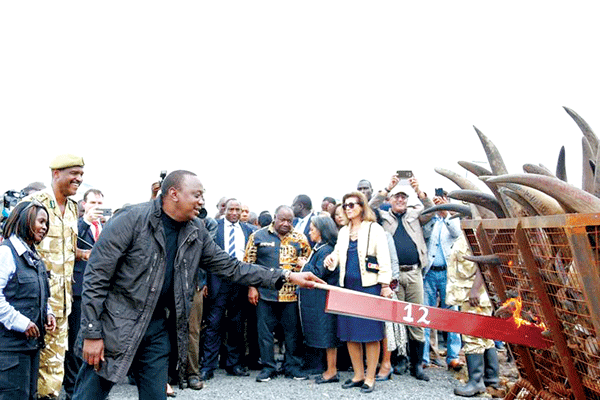
IN 1983 I recall one would drive along Belmont Road, also known as Plumtree Road, to approach Belmont Industrial area.
To the uninitiated Belmont Industrial area was home to heavy industries in Bulawayo, which in turn made Bulawayo, Zimbabwe’s industrial hub.
While driving down this road, after 15th Avenue, one would be met with noise of churning production machinery; be it confectionery, clothing, steel products , travel bags, cooking ware, medicines, toweling and related products, hardware and tyres.
If it was during the night one would meet men walking on either side of the road coming from a shift, or meet one or two blue and yellow buses carrying men from a shift.
One would make the same observation should they drive westwards along Khami Road beyond Basch Street.
Fast forward to 2013! A similar drive yields a feeling of driving through a ghost city.
The former factories are now empty, with faded signage and dim lighting at night; the few people that you see from the road are a few security guards here and there.
The death of industry in Bulawayo has brought with it great pain from unemployment as the major employers around the city, namely National Railways of Zimbabwe, Cold Storage Commission and Zupco, are on their knees. The only surviving major employer is the Bulawayo City Council despite at times lagging behind paying salaries.
- Chamisa under fire over US$120K donation
- Mavhunga puts DeMbare into Chibuku quarterfinals
- Pension funds bet on Cabora Bassa oilfields
- Councils defy govt fire tender directive
Keep Reading
To compound matters, there has been an influx of people from other places like Mutare, Masvingo, Kwekwe, Gweru and even Harare in search of proverbial greener pastures as the national economy has completed its implosion in the last two years.
As a result of the economic melt down in Bulawayo, residents have struggled to pay for utilities like electricity and water including rates.
Bulawayo City Council — it’s well-run-city tag has been soiled by failing to meet its financial obligations due to diminishing revenue collections.
The above scenario has given rise to calls for the revival of Bulawayo industries by various actors including the government.
Most interestingly, these calls have been joined by the three main political parties that is Zanu PF, MDC-T and MDC.
It may be safe to assume that the political parties are doing so in order to win votes in this traditional opposition constituency where lack of jobs and economic opportunities have always been scarce. In a contradiction of terms the government has expressed a desire to take the lead in this revival despite failing to run its 17-State companies which are now technically insolvent.
In the time that Bulawayo has experienced its negative industrialization the global manufacturing has taken a great leap forward evidenced by the emergency of China, Brazil and India as aggressive producers of products that Bulawayo used to produce.
I am more than certain that Bulawayo industry is currently sitting on obsolete tools and machinery that makes it impossible to re-enter the market and effectively compete.
Technology over the years has tremendously improved making it possible to produce goods and services at under a tenth of the price of twenty years ago.
The questions that must be confronted by Bulawayo and Zimbabwe at large, is while those screams are now hoarse, where are the Bulawayo entrepreneurs to lead this charge? Does anyone understand what needs to be done and how? Has anyone undertaken a “forensic study” on what kind of reconstruction needs to be undertaken and the size of the market the new enterprise will serve?
I am aware that there is a clothing company in Bulawayo that exported to the US for over 20 years and won some award.
Is the export market as serious option for the revived industry?
How much exactly is needed for this revival? I know politicians have come up with a thumb-suck figure of $42m.
For without a comprehensive report on how much we need we might find ourselves in exactly the same position with mining sector , who found themselves without technical reports to prove the presence and extent of the resource.
Is it India , South Africa, Brazil, China, Botswana we are competing with? What is our competive advantage? What is the impact of signed Free Trade Agreements?
Do we have requisite entrepreneur, management , financial and technical skills? Is our banking sector ready? Is there local appetite for goods and services that we may produce? Is it strategic to revive industry as things stand or we should look at another model?
A comprehensive response to the above will prepare us adequately for the revival of Bulawayo and Zimbabwe.
Ndabenhle Mabhena expresses his deep and personal views and can be contacted his e-mail.










